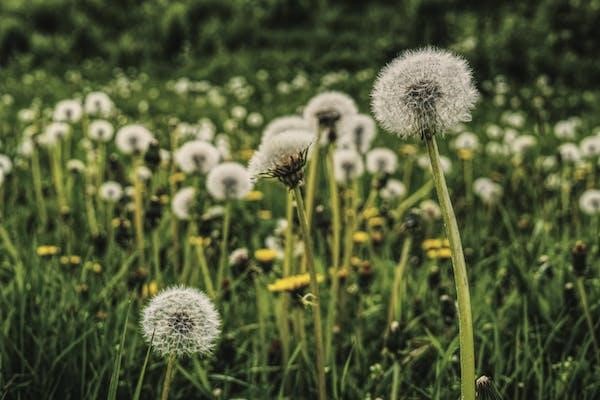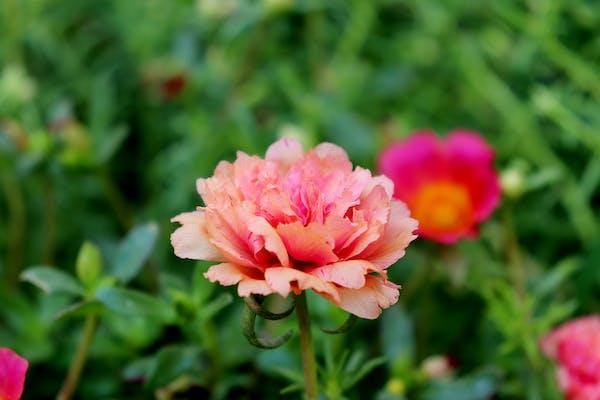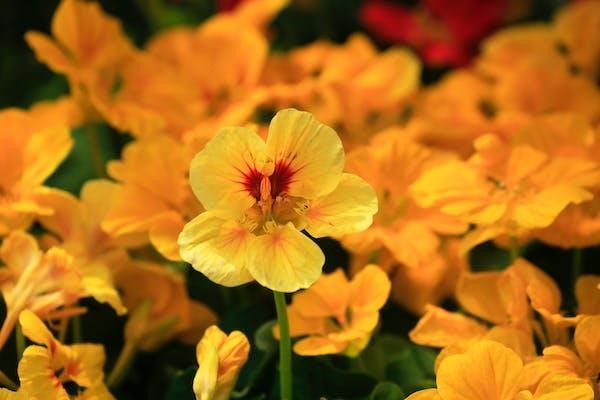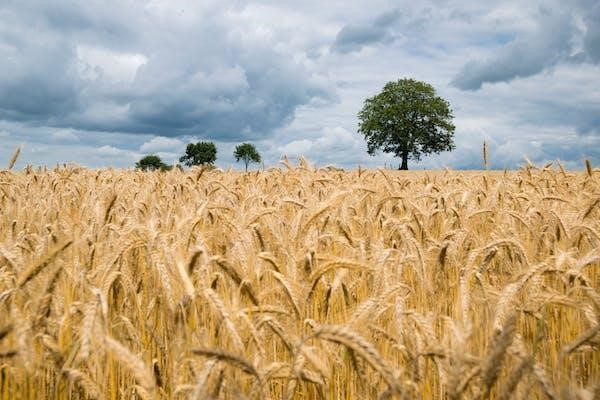Introduction
Urban Foraging: Find out about 10 edible plants that can be found in city environments. Now, that’s a phrase that might make you raise an eyebrow or two! Who would have thought that amidst the concrete jungles and bustling streets, there’s a hidden world of delicious delights waiting to be discovered? If your idea of foraging involves trekking through dense forests with a compass and a backpack full of survival gear, think again! Urban foraging is all about exploring the nooks and crannies of city landscapes to find nature’s edible bounty. So, grab your tote bag and let’s take a flavorful stroll through the city’s edible underbelly!
The Urban Pantry: 10 Edible Plants You Can Find in City Environments
1. Dandelion Dreams:
Ah, the humble dandelion! Often dismissed as a pesky weed, these vibrant bursts of yellow are more than just a splash of color in the urban landscape. Young dandelion leaves can add a delightful bitter crunch to your salads, while the flowers can be transformed into sweet dandelion syrup for your morning pancakes!

2. City Chickweed:
Chickweed might sound like a pop band’s name, but it’s actually a tender little herb that pops up almost everywhere! With a mild, nutty flavor, chickweed makes a perfect addition to sandwiches and wraps. You can also toss it into your pasta for a fresh twist!
3. Ramp Up the Flavor with Wild Leeks:
Ramps, also known as wild leeks, are the rockstars of the urban foraging world. These pungent delights add an onion-garlic punch to any dish. From ramp pesto to ramp-infused oils, your taste buds are in for a wild ride!
4. The Versatile Purslane:
Meet purslane, the succulent superhero of the city cracks! With its lemony kick and crisp texture, this green gem is a stellar addition to soups, stews, and salads. Plus, it’s packed with omega-3 fatty acids—talk about a healthy bonus!

5. Tangy Wood Sorrel:
If you’re a fan of all things tangy, wood sorrel is your new best friend. These heart-shaped leaves pack a zesty punch that can elevate your dishes from ho-hum to oh yum! Toss them in with your greens or use them as a garnish for that extra zing!
6. Nutty Goodness: Acorns:
Believe it or not, those oak trees shading the city streets can provide more than just a cool breeze! Acorns, the nuts of oak trees, are edible after a bit of processing to remove their bitter taste. Once you’ve done that, you can grind them into flour or roast them for a nutty snack.
7. Flavorful Nasturtium:
Nasturtium isn’t just a mouthful to say; it’s also a mouthful of peppery deliciousness! Both the leaves and the vibrant blossoms are edible, making them a colorful addition to salads. But the real star here? The green seeds, which can be pickled and used as a caper substitute!

8. Urban-Farmed Garlic Mustard:
Garlic lovers, unite! Garlic mustard, an invasive plant that’s pretty much taken over some urban areas, is a flavor powerhouse. The leaves bring a garlicky zing to your dishes, and the seeds can be ground into a spicy mustard. Talk about making the best of an invasive situation!
9. Floral Delight: Roses
Roses are red, violets are blue, and guess what? Both of them are edible too! Rose petals can lend a delicate floral note to salads and desserts. Just make sure to pick the petals from unsprayed roses to avoid any unpleasant surprises.
10. Fantastic Fennel
The urban landscape often hosts fennel, that tall, feathery herb with a licorice-like flavor. Every part of the plant is usable—the bulb, the fronds, and the seeds. Roast the bulbs, use the fronds as a garnish, and sprinkle the seeds over your dishes for that unmistakable fennel flair!

FAQs: Urban Foraging Unveiled
Q1: Is it safe to forage for plants in the city?
Absolutely! Just be sure to forage away from heavily polluted areas and avoid plants growing near roadsides, where they might have absorbed harmful chemicals from vehicle emissions.
Q2: How do I know if a plant is edible?
Rule number one: don’t eat anything unless you’re 100% certain about its identity. Invest in a good field guide or, even better, attend workshops led by experienced foragers to learn the ropes.
Q3: Can I forage year-round?
Urban foraging is a year-round adventure! Different plants thrive in different seasons, so you’ll always have something new to discover, whether it’s the delicate blooms of spring or the hardy greens of winter.
Q4: Are there any legal restrictions on urban foraging?
The rules vary depending on your location. Some cities might have regulations against foraging in public areas. Always do your research and ask for permission if needed.
Q5: How can I use these foraged plants in my cooking?
The possibilities are endless! Use them in salads, soups, stews, sauces, or even infuse them into oils and vinegars. Let your culinary creativity run wild!
Conclusion:
Urban Foraging: Find out about 10 edible plants that can be found in city environments. Who would have thought that our concrete jungles could hide such culinary treasures? From dandelions to roses, the cityscape is teeming with delectable delights waiting to tickle your taste buds. So, the next time you stroll through the urban landscape, keep an eye out for these edible wonders. With a little knowledge and a touch of adventurous spirit, you’ll transform your city jaunts into flavorful escapades. Happy foraging and bon appétit!

Leave a Reply